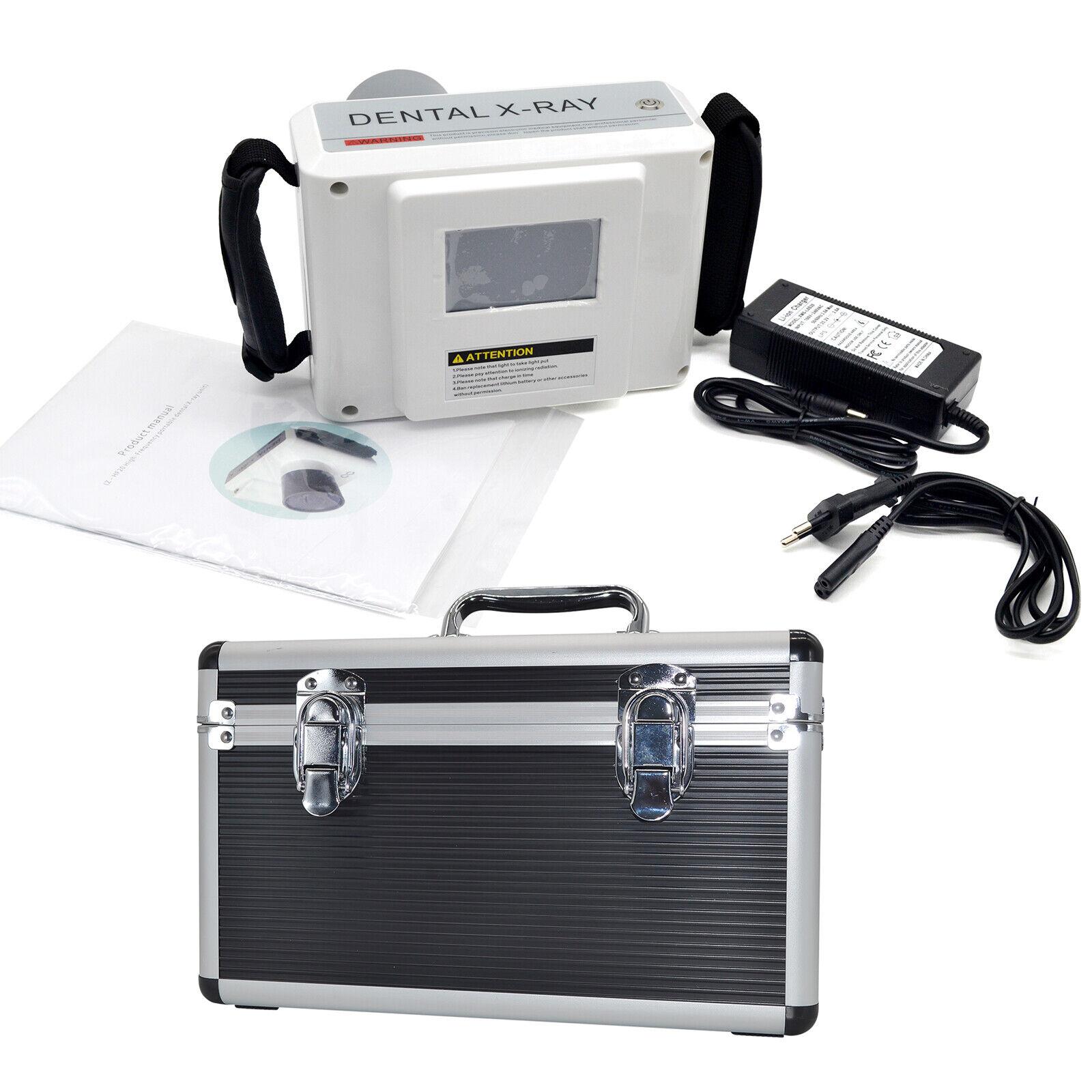Portable X-Rays: Revolutionizing Medical Diagnostics in Emergency Medicine and Beyond: A Comprehensive Exploration of Evolution, Applications, and Potential Impact

Portable X-Rays: Revolutionizing Medical Diagnostics
The rapid advancement in medical technology over the past few decades has led to the development of portable X-ray devices that can be easily transported to different locations. These portable X-ray machines are revolutionizing the way medical diagnostics are carried out, especially in emergency situations and remote areas with limited healthcare facilities. Let's take a deeper look at these portable X-ray devices and how they are changing the medical landscape.
The Evolution of Portable X-Ray Technology
The first prototypes of portable X-ray devices date back to the 1950s when large bulky machines were developed that could be transported on trucks. However, these early models were still quite heavy and cumbersome. It was only in the 1980s and 1990s that smaller and more compact portable X-ray machines started becoming available due to advances in digital electronics and imaging technology.
The modern portable X-ray machines of today bear little resemblance to those early prototypes. Advances in miniaturization of components along with the replacement of photographic film with digital detectors have resulted in portable X-ray devices that weigh as little as 15-20 kgs. This has made them highly portable and easy to transport even to remote locations. The digital detectors in modern portable X-ray machines allow the images to be viewed almost instantly on computer screens without the need for chemical processing of films. Battery-powered portable X-ray devices can function independently for 2-4 hours without external power supply.
Applications in Emergency Medicine
Portable X-ray machines have found widespread application in emergency medicine where they are used for triage and assessment of trauma patients. With their compact size and ability to function independently, these devices can be easily transported by emergency medical staff in ambulances and helicopters. This allows X-rays to be performed even at the site of accidents before transporting critically injured patients to hospitals. Portable X-rays play a vital role in the Golden Hour after injuries where critical diagnosis and treatment needs to be started immediately. Conditions like fractures, pneumothorax, hemorrhage etc. can be quickly identified which guides timely clinical management by doctors.
Portable X-ray Usage in Other Medical Settings
Besides emergency use, portable X-ray devices are also being utilized in other medical settings like:
- ICUs and Critical Care Units: For bedside imaging of critically ill patients who cannot be transported to radiology suites. This aids rapid decision making.
- Operation Theatres: Intra-operative imaging helps surgeons monitor procedures or identify complications without moving patients.
- Dental Care: Dental panoramic systems and cbct imaging devices offer portable solutions for dental diagnostics and procedures.
- Long Term Care Facilities: Nursing homes and old age homes employ portable X-rays for managing bone and pulmonary issues in elderly immobile patients.
- Community Health Centers: In remote areas lacking fixed radiology facilities, portable devices bring imaging tools to rural communities.
- Veterinary Care: Veterinarians rely on portable X-ray and fluoroscopy units for equine and large animal diagnosis and treatment.
Thus the versatility offered by portable X-ray machines has significantly expanded the reach of diagnostic radiology beyond conventional hospital settings.
Enhancing Healthcare in Developing Regions
Low and middle-income countries face considerable challenges in delivering adequate healthcare to remote and rural communities due to lack of infrastructure and resources. Here portable X-ray devices have enormous potential to bridge healthcare access gaps.
Coupled with artificial intelligence tools for automated diagnosis, these portable systems could empower paramedics, community health workers and veterinarians to screen for diseases like tuberculosis, pneumonia and fractures in areas with no radiologist coverage. The ability of portable X-rays to digitally transmit images to remote locations for virtual diagnosis further strengthens this model. Not-for-profit organizations are leveraging such technologies to enhance primary care in underdeveloped parts of Africa and Asia.
As portable X-ray devices become smaller, cheaper, more portable and capable of tele-radiology, they promise to revolutionize healthcare delivery models for developing regions plagued with geographical and resource barriers. This could significantly help countries progress towards United Nations Sustainable Development Goals on quality health and well-being for all.
Future Outlook and Conclusion
The portable X-ray industry continues to advance at a rapid pace driven by ongoing miniaturization of components with each new generation offering enhanced features. Pocket-sized devices, wireless detectors and innovations like cheaper carbon nanotube based flat panel detectors are likely to make radiology even more accessible. Meanwhile, specialized portable units customized for dentistry, veterinary use and operating rooms will expand application domains.
Telemedicine capabilities of portable X-ray are also primed to grow leveraging faster telecom networks and 5G. With artificial intelligence assisting automated analysis, these portable tools could become invaluable for underserved communities globally by making diagnostics available at their doorstep. Portable X-rays therefore hold immense promise to transform medical practices, reshape primary care delivery especially in rural areas and truly realize the goal of universal health coverage.
Get more insights on this topic :
Check more trending articles on this topic:
https://masstamilan.tv/combine-harvesters-the-machines-that-revolutionized-farming/
- Art
- Causes
- Crafts
- Dance
- Drinks
- Film
- Fitness
- Food
- Spellen
- Gardening
- Health
- Home
- Literature
- Music
- Networking
- Other
- Party
- Religion
- Shopping
- Sports
- Theater
- Wellness
- IT, Cloud, Software and Technology


